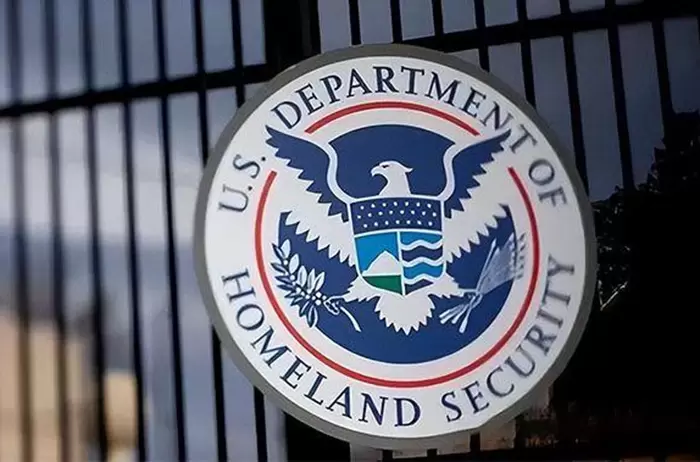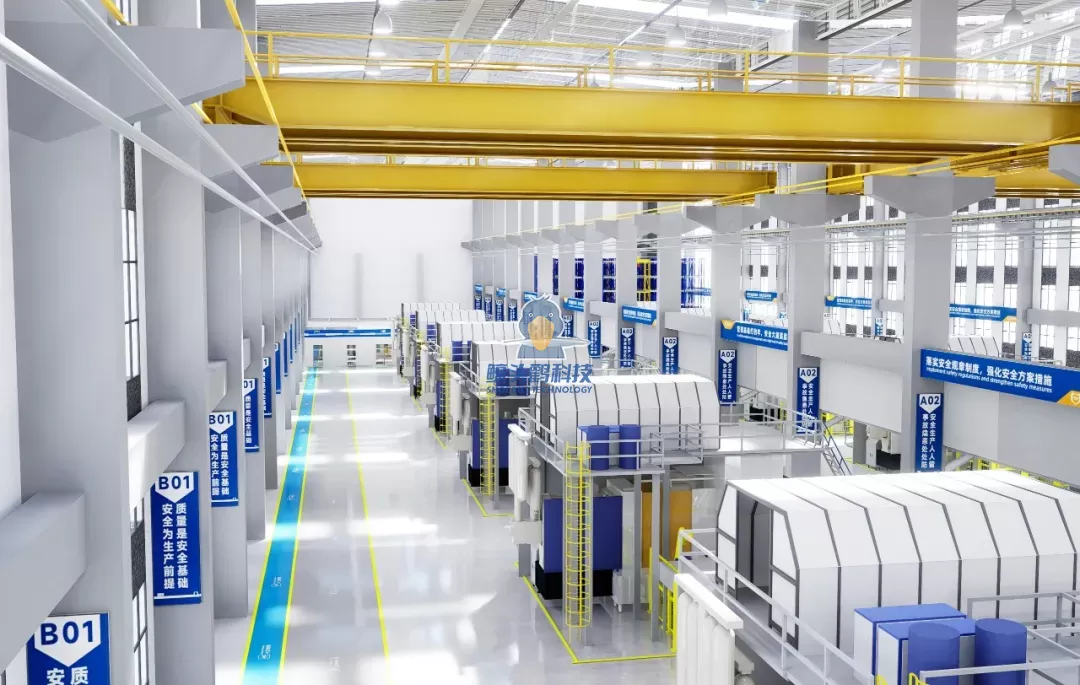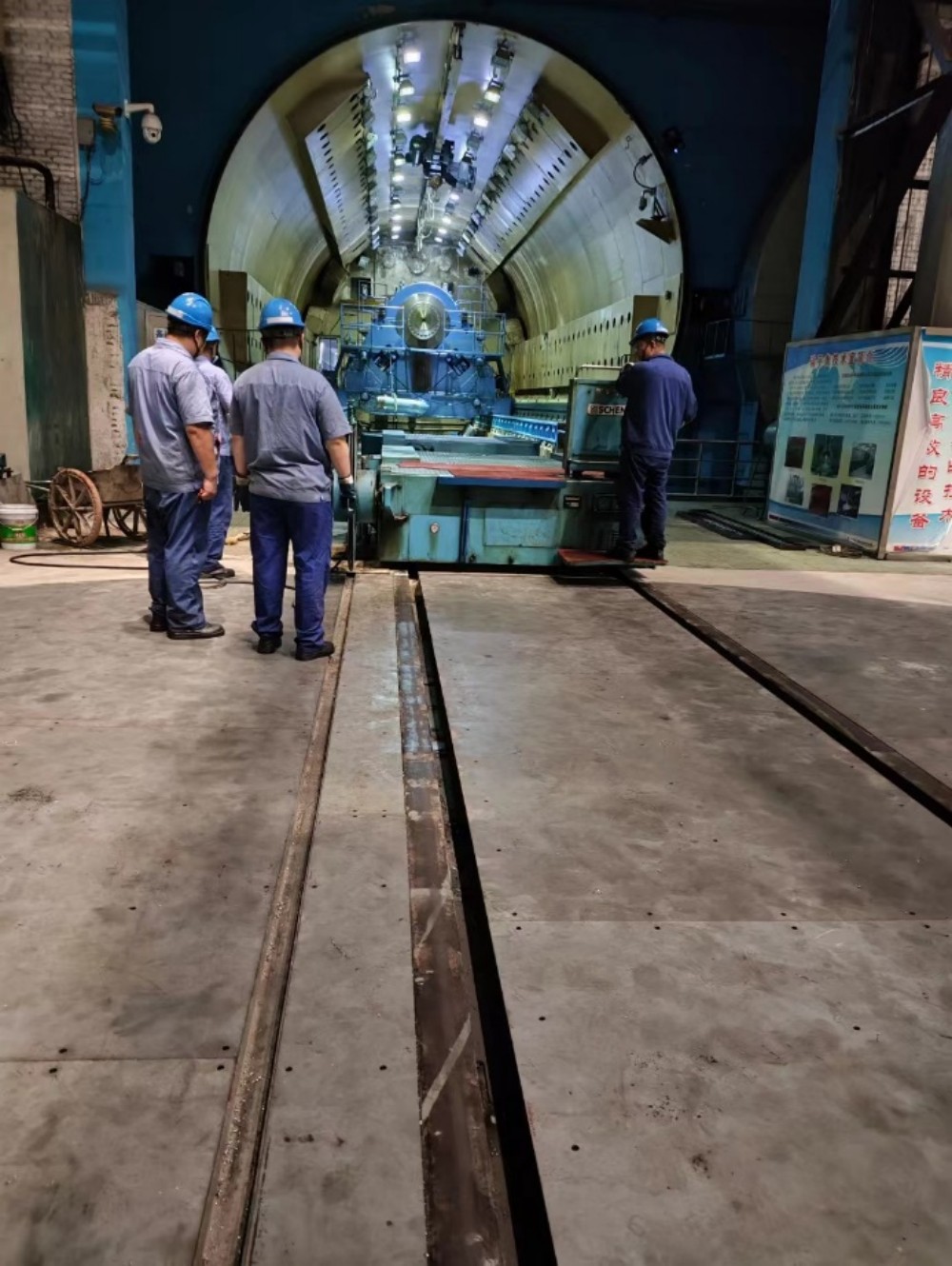Transportation systems are the lifeblood of modern society, facilitating the movement of people and goods across vast distances. As urbanization accelerates and global trade expands, understanding the most utilized transportation systems becomes crucial for policymakers, businesses, and individuals alike. This article delves into the intricacies of the most used transportation systems worldwide, examining their efficiency, environmental impact, and future trends.
The Global Landscape of Transportation Systems
Transportation systems can be broadly categorized into several types: road, rail, air, and maritime. Each system has its unique advantages and challenges, and their usage varies significantly across different regions and demographics.
- Road Transportation: The Ubiquitous Network
Road transportation remains the most widely used system globally, accounting for a significant portion of passenger and freight movement. According to the International Transport Forum, road transport accounts for approximately 80% of all passenger travel and 70% of freight transport in many countries.
Advantages:
- Accessibility: Roads connect urban and rural areas, making them essential for local and regional travel.
- Flexibility: Vehicles can be used for various purposes, from personal commuting to freight delivery.
- Infrastructure: The existing road networks are extensive, allowing for immediate use without the need for additional infrastructure investment.
Challenges:
- Congestion: Urban areas often face severe traffic congestion, leading to increased travel times and pollution.
- Environmental Impact: Road transport is a significant contributor to greenhouse gas emissions, prompting a shift towards more sustainable alternatives.
- Rail Transportation: The Backbone of Freight and Commuting
Rail systems are crucial for both passenger and freight transport, especially in densely populated regions. Countries like Japan and Germany have developed highly efficient rail networks that serve millions daily.
Advantages:
- Efficiency: Trains can move large volumes of passengers and goods over long distances with lower energy consumption per ton-mile compared to road transport.
- Reliability: Rail schedules are generally more predictable, reducing delays caused by traffic congestion.
Challenges:
- Infrastructure Costs: Building and maintaining rail infrastructure requires significant investment.
- Limited Flexibility: Rail systems are fixed-route, which can limit accessibility in less populated areas.
- Air Transportation: The Fastest Mode
Air travel is the fastest mode of transportation, making it indispensable for long-distance travel and global trade. The International Air Transport Association (IATA) reports that air transport accounts for about 35% of global trade by value, despite carrying only a small fraction of total freight volume.
Advantages:
- Speed: Air travel significantly reduces travel time, making it ideal for business and emergency situations.
- Global Reach: Airports are often located in strategic locations, facilitating international connectivity.
Challenges:
- Environmental Concerns: Aviation is a major contributor to carbon emissions, prompting calls for more sustainable practices.
- Cost: Air travel can be prohibitively expensive for many, limiting its accessibility.
- Maritime Transportation: The Backbone of Global Trade
Maritime transport is essential for international trade, accounting for over 80% of global merchandise trade by volume. Shipping containers have revolutionized the industry, allowing for efficient bulk transport of goods.
Advantages:
- Cost-Effectiveness: Shipping by sea is often cheaper than other modes for large volumes of goods.
- Capacity: Ships can carry vast amounts of cargo, making them ideal for international trade.
Challenges:
- Time: Maritime transport is slower than air travel, which can be a disadvantage for time-sensitive goods.
- Environmental Impact: Shipping contributes to marine pollution and greenhouse gas emissions, necessitating the development of greener technologies.
The Future of Transportation Systems
As we look to the future, the most used transportation systems are undergoing significant transformations driven by technological advancements and changing societal needs.
- Electrification and Sustainability
The push for sustainable transportation is leading to the electrification of road and rail systems. Electric vehicles (EVs) are becoming increasingly popular, supported by government incentives and advancements in battery technology. Similarly, electric trains are being deployed to reduce emissions and improve efficiency.
- Smart Transportation Systems
The integration of technology into transportation systems is creating smarter, more efficient networks. Intelligent Transportation Systems (ITS) utilize data analytics, IoT, and AI to optimize traffic flow, reduce congestion, and enhance safety.
- Multimodal Transportation
The future of transportation will likely see a shift towards multimodal systems, where different modes of transport are integrated seamlessly. This approach can enhance efficiency, reduce travel times, and minimize environmental impact.
Conclusion
Understanding the most used transportation systems is essential for navigating the complexities of modern society. Each system has its strengths and weaknesses, and their continued evolution will shape the future of mobility. As we embrace new technologies and sustainable practices, the transportation landscape will undoubtedly transform, offering new opportunities and challenges for individuals and businesses alike. By staying informed and adaptable, we can better navigate this dynamic environment and contribute to a more efficient and sustainable future.





